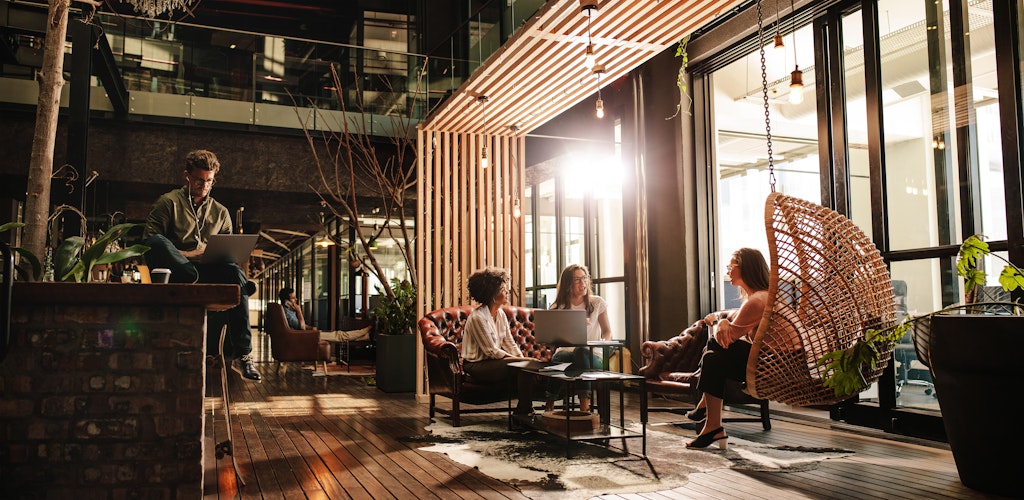Why 2017 has been the year of flexible workspace
Flexible workspace shot from the margins of the property industry to the mainstream in 2017. A new report from Instant Group explores the factors behind the rise of co-working and hybrid spaces
Has 2017 been the breakthrough year for the flexible workspace?
It certainly feels that way as an increasing number of organisations have moved towards more flexible environments in the face of unprecedented political, economic and social uncertainty, opting for shorter leases and a reduction of real estate.
According to a report by Instant Group, the transition to flexible workspace has fuelled the market for coworking and hybrid spaces. Instant says that coworking and hybrid spaces grew by 18 per cent in the global market in 2017, and now account for a third of all flexible workspace – a number that has doubled since 2013.
‘When people are uncertain, they want to plan for 12 months – three years, rather than 10-15 years meaning demand for serviced offices is increasing’- Beth Hampson, LEO
The Instant report identifies four key drivers that have surfaced this year, enabling the flexible workplace market to flourish. Global uncertainty is a primary motivation for change, but the attitudes of landlords, changing expectations and managing experiences for millennials are also important factors.
Landlords look to differentiate
Hundreds of coworking and hybrid spaces have emerged in the past five years, but WeWork today leads the market by a large margin. The coworking company, founded in 2010, raised US $8 billion in 2017 from investors, and its market capitalisation is now almost US $80 billion. Fellow coworking company Regus offers similar services as WeWork (minus the free beer) but its market cap is valued just under US $2 billion. This is prompting landlords to look at what their differentiators are. Why has WeWork surged and other coworking space providers taken a backseat in the market?
‘The winners of the battle to attract and retain members will be the ones who offer something meaningfully different’- Richard Taylor, The Office Group
The search for differentiation is opening up new avenues. Cloud Spaces, a coworking space provider founded in 2015, uses a Space-as-a-Service (SaaS) model to attract bigger organisation, for example. The company rents space on short-term leases to organisations who then create adaptable spaces to fit the needs of their employees. AirBnb and Booking.com are among six of its bigger corporate clients.
Expectations of experience
As Millennials continue to inherit the workforce, they are changing the way organisations look at office design and employee experience. Millennials, coined the ‘Starbucks’ generation, are perceived to want ‘cool’ spaces that are flexible and alternative. Large organisations want to attract incoming talent, which has forced them to re-evaluate work styles and workplace design.
WeWork’s current success is largely due to its understanding of what type of work experience younger people want. Other providers are drawing their own conclusions. The industry now sees flexible working as a number one priority for the incoming Millennials. Don’t expect the flexible workspace juggenaut to slow down any time in 2018.
Read the full Instant Office report here








